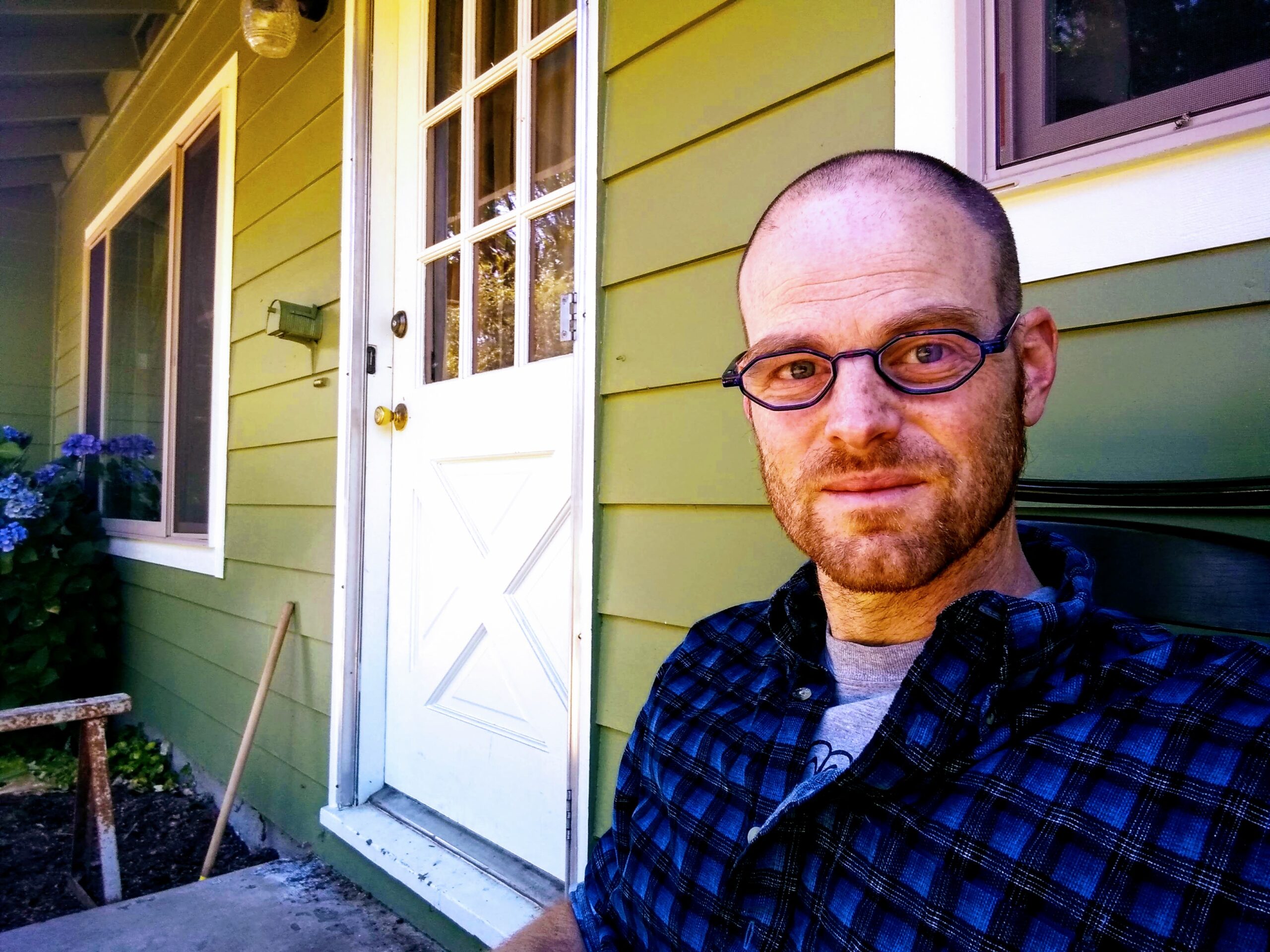
Note: This is the first in a series of columns on Collaborative Problem Solving, or CPS. Also, though I have retained the phrase “Collaborative Problem Solving”, Dr. Ross Greene’s organization, Lives in the Balance, now uses the term “Collaborative and Proactive Solutions”.
Collaborative Problem Solving, or CPS, emerged based on the work of Harvard psychologist Ross Greene. It proceeds from the premise that problematic behaviors arise not from faulty choices but from deficits in cognitive skills. Green encapsulates this with a phrase that acts as a CPS motto: Kids do well when they can. He contrasts this with conventional wisdom: Kids do well when they want to. The heart of CPS is Plan B.
Plan B is the collaborative method of solving problems. The conventional method of adult-child problem solving, in which the adult imposes their will on the child, Greene calls Plan A. While Plan A might be used on occasions, Greene advocates for using it sparingly. Even when necessary, Plan A imposes significant costs. Plan B is preferred. Moreover, Plan B is most effective when used proactively, in advance of difficult behaviors. It has three steps:
1. The Empathy Step
Here, the adult gathers information in an empathetic way until they understand the problem from the child’s perspective.
2. Defining the Problem
This is where the adult communicates their concerns and presents the unsolved problem from their point of view.
3. The Invitation
This is where the adult invites the child into the process of finding a solution that honors everyone’s concerns. The child is always given the first opportunity to propose a solution.
Dr. Greene first outlined this approach in his 1998 book, The Explosive Child. He followed this with the publication of numerous other titles that describe a CPS approach for schools (Lost at School, and Lost and Found) as well as one aimed at parents of all children (Raising Human Beings). CPS has been widely adopted by school districts seeking to reduce suspensions, expulsions, truancy, and school violence. It has been adopted by many who work in the juvenile justice and mental health systems.
I first came across CPS when my child’s therapist gave me a copy of The Explosive Child. My child, then twelve, was exhibiting rage-filled, sometimes destructive tantrums several days per week. CPS has helped reduce my child’s explosive outbursts and increased his ability to perform the critical executive function skill of perspective-taking. Moreover, it has deepened the trust in our relationship. It’s helped me see that he, deep down, wants to meet my expectations. I use it in my classroom as well.
But Plan B is not easy. It takes work and sustained practice. It takes an expanded capacity to empathize with a child, even in difficult, emotionally charged moments. We will turn to empathy next.
References:
https://www.livesinthebalance.org/

Matthew King lives with his fifteen-year-old son in Corvallis, Oregon, where he’s taught English for thirteen years. He also does advocacy work in the school district for children who have experienced trauma in early childhood. In his spare time he hikes, reads, writes, practices meditation, and watches his son ride dirt bikes. He welcomes comments and feedback and can be contacted at kingmatthew10@gmail.com
